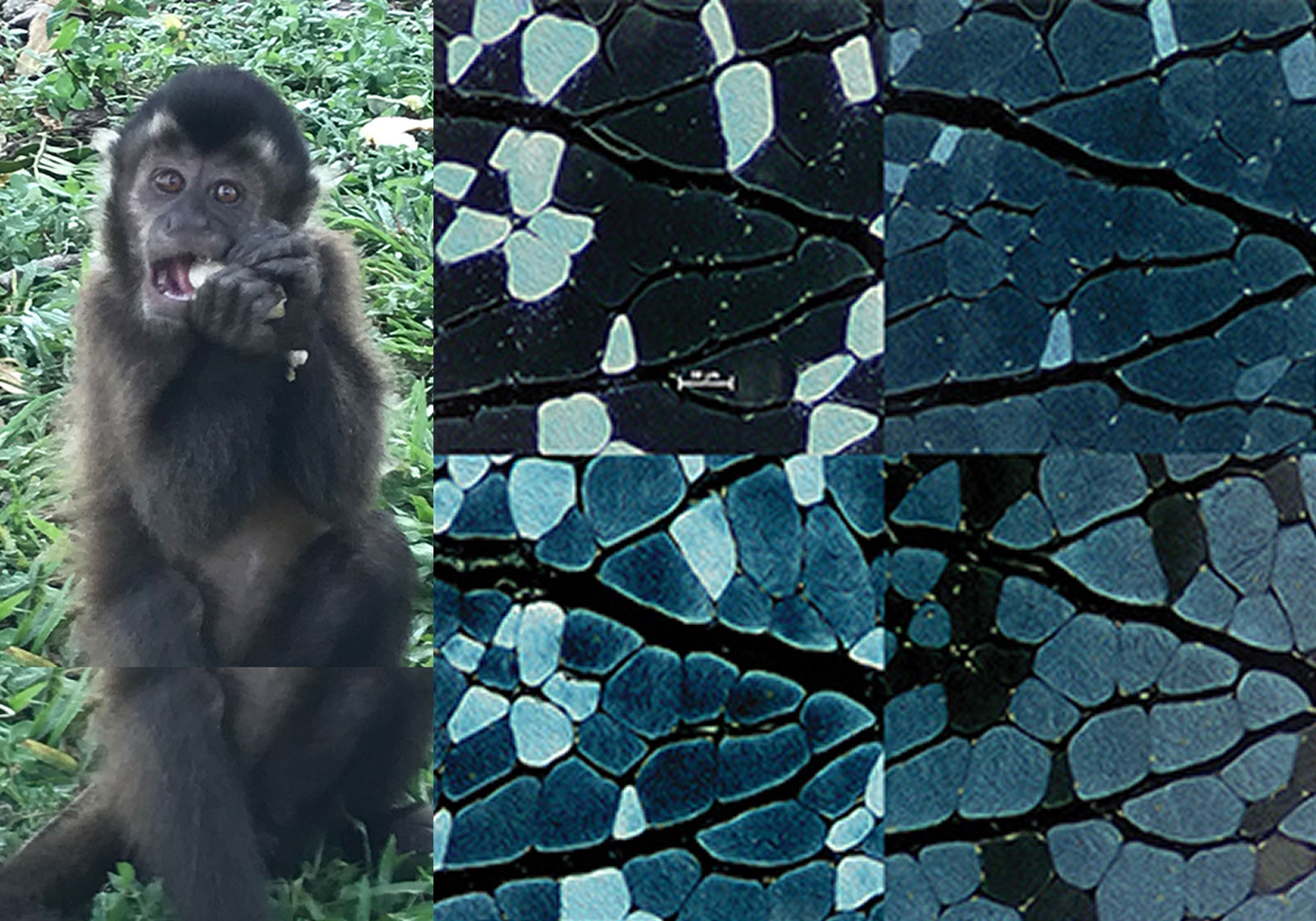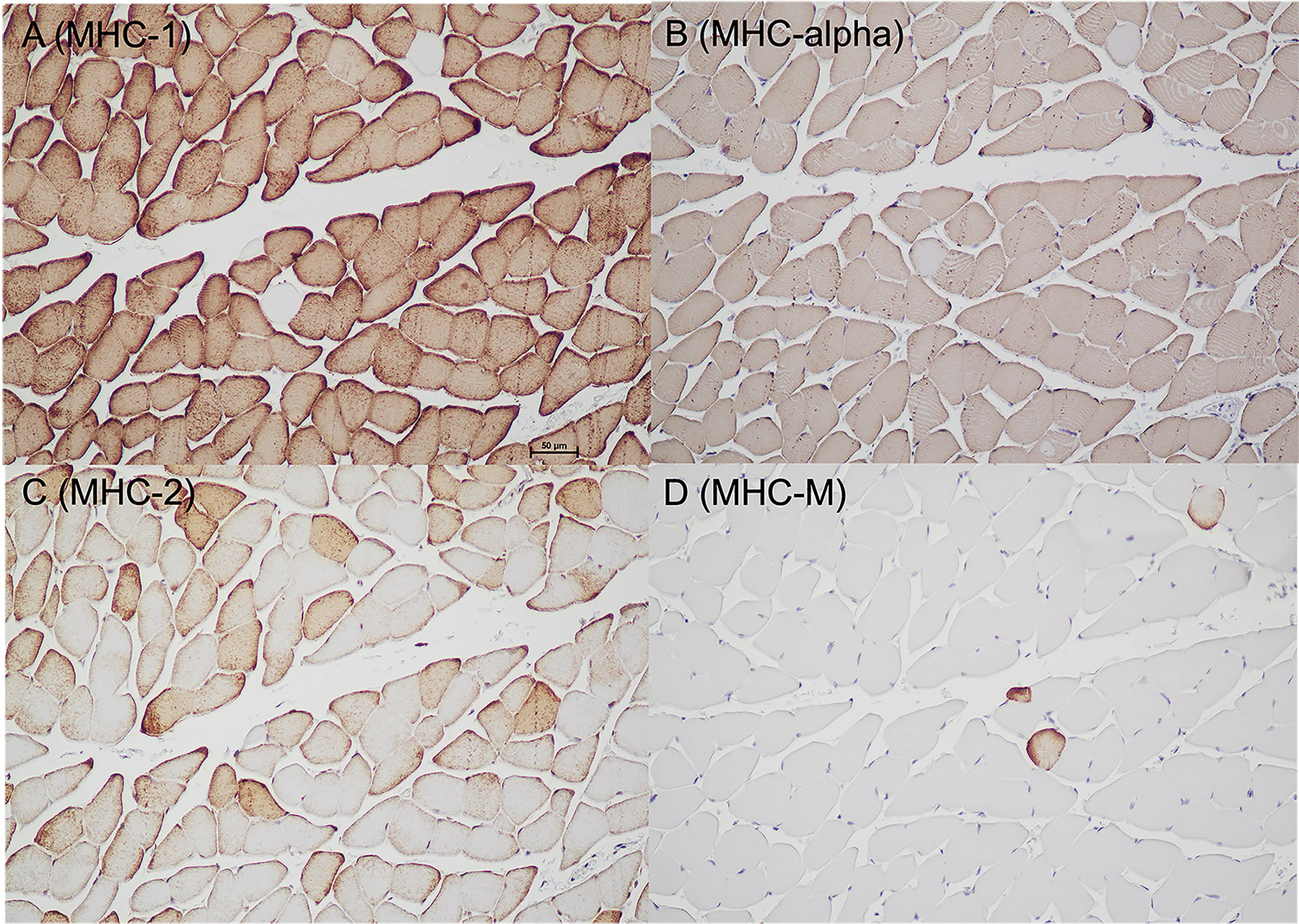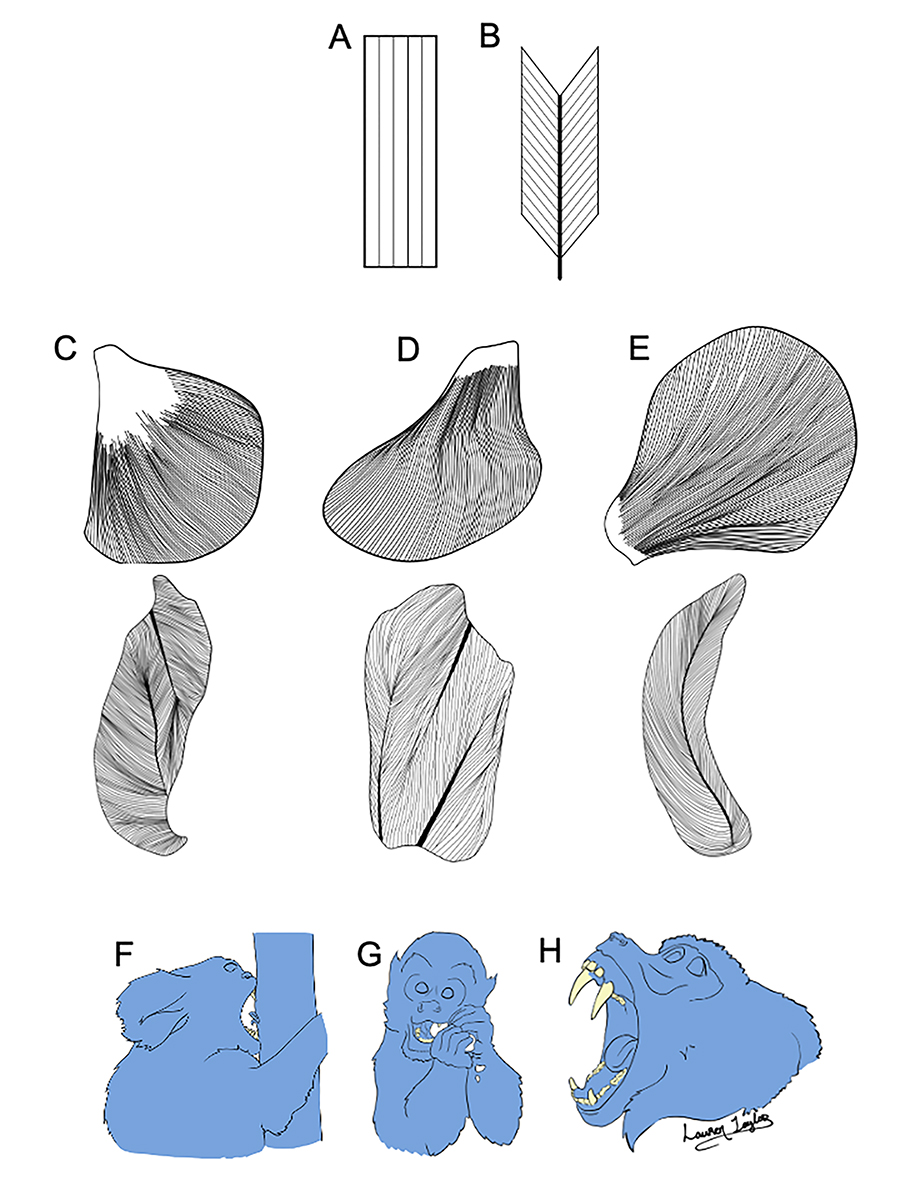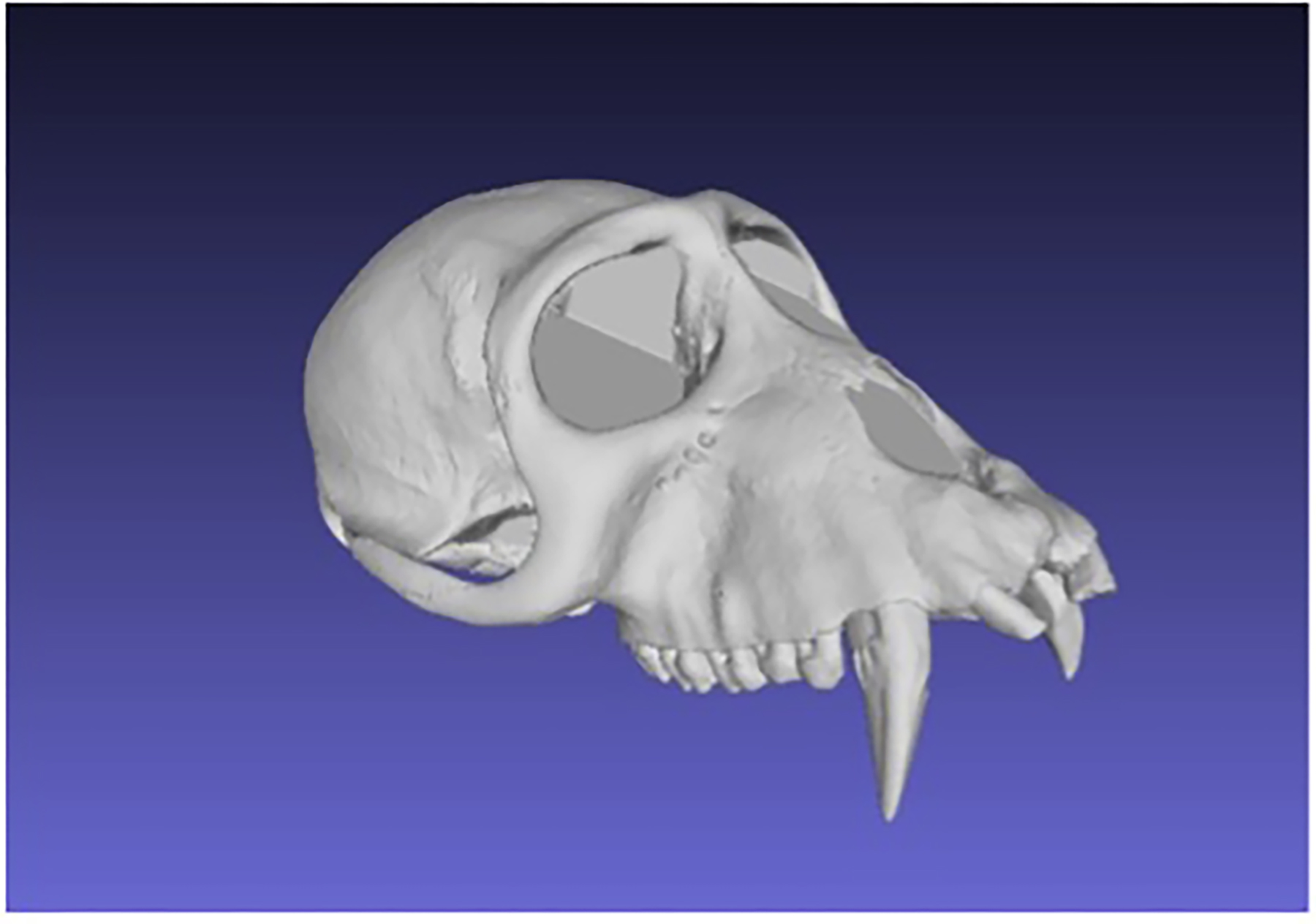
Taylor Lab
The Musculoskeletal Design and Performance Lab studies musculoskeletal anatomy, physiology, biomechanics, and the evolution of feeding-system morphology with the goal of understanding the factors that drive evolutionary changes in craniofacial form and function.
Principal Investigator

Andrea B. Taylor, Ph.D. is Professor in the Department of Foundational Biomedical Sciences at Touro University California and Director of the Musculoskeletal Design and Performance Lab. She is also a Research Associate in the Department of Anthropology, Institute for Biodiversity Science and Sustainability, California Academy of Sciences, and Adjunct Professor in the Department of Orthopaedic Surgery, Duke University School of Medicine.
Projects Overview
Our research uses experimental and comparative approaches to model muscle and bone mechanics, test hypotheses of feeding-system morphology, feeding behavior and diet, and gain insights into the factors that led to species divergence in primates. Current projects focus on testing functional and evolutionary hypotheses of skeletal muscle architecture and fiber types in primate chewing muscles, relationships between feeding-system morphology, feeding behavior, and feeding performance during growth and development, and the biomechanics and evolution of mandibular form in living primates and early human ancestors.

Chewing Muscle Fiber Types
How do fiber types and their contractile properties such as shortening velocity, endurance, and tension help fine tune primate chewing muscles for specific tasks? Our comparative work focuses on identifying the major myosin heavy chain (MHC) isoforms expressed within and between primate chewing muscles, how MHC patterns of expression compare with those of nonprimate mammals, and their functional relationships to primate feeding behavior and diet.
Learn More
Chewing Muscle Fiber Architecture
How are the jaw movements and occlusal forces associated with feeding behavior and diet facilitated or limited by jaw-muscle architecture? We examine architectural scaling patterns of the chewing muscles, their interaction with other parts of the masticatory apparatus, and their impact on how primates meet their energy demands. We use the comparative approach to understand form-function relationships between jaw-muscle architecture, muscle leverage, and the dentition in living primates and use these results to draw inferences about feeding behavior and diet in extinct species.
Learn More
Mandibular Biomechanics and Evolution
This project uses finite element analysis to investigate the spatial and mechanical determinants of mandibular form and the extent to which these factors track changes in feeding behavior and diet in extant apes and humans, and in our early hominin ancestors (Australopithecus).
Learn More

